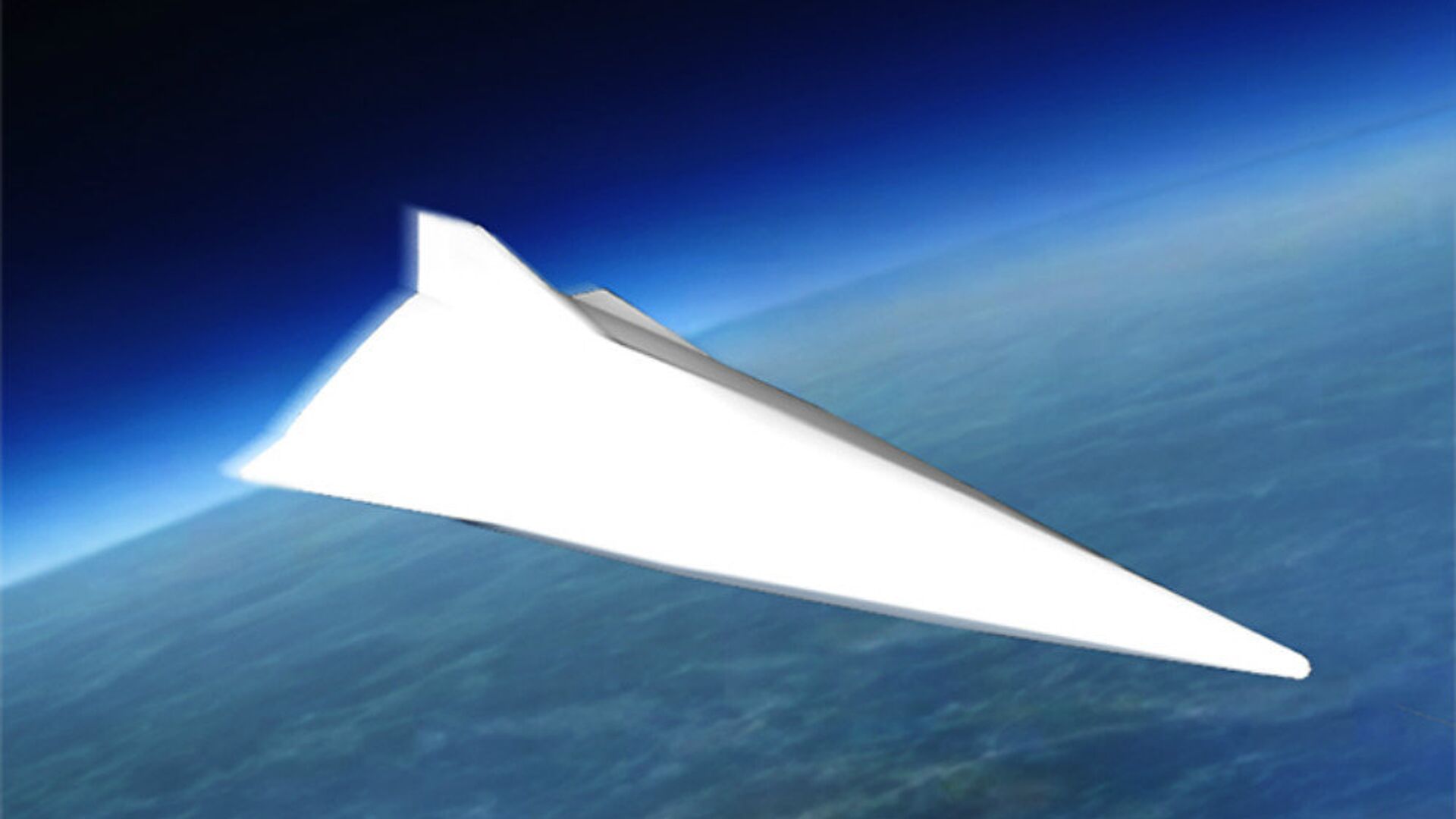GOP Senator Wants More Cash for Pentagon Budget in Wake of Alleged PRC Hypersonic Missile Tests
11:34 GMT 21.10.2021 (Updated: 11:38 GMT 21.10.2021)
Subscribe
Earlier this week, Western media alleged that China had carried out a missile test in the summer involving a nuclear-capable hypersonic glide vehicle. Beijing dismissed the claims, saying its test involved reusable rocket technology. On Thursday, the Financial Times reported that the PRC had carried out not one, but two hypersonic missile tests.
Republican Senator Lindsey Graham has suggested that China’s recent alleged testing of hypersonic missile technology is likely to spark a new arms race with the US, and has urged Washington to respond by pouring more money into the military-industrial complex, if reporting on the matter is accurate.
“I do not welcome this event, if true, because it would set in motion a nuclear arms race between the United States and China. At the surface, there seems to be two options for us as a legislative body. We can attempt to convince China to stand down to avoid a nuclear arms race, which is unlikely, or we can decide to make the required investments needed to neutralize the advantage a hypersonic nuclear capable missile would provide China,” Graham wrote in a letter to Senate leaders, according to the New York Post.
“If press reports are accurate regarding China’s test of a hypersonic missile with a nuclear capability, then this is a military game changing event that the United States cannot ignore,” the hawkish South Carolina senator added.
The letter, reportedly sent to Senate Majority Leader Chuck Schumer and Minority Leader Mitch McConnell on Tuesday, demands a closed-doors briefing to lawmakers on China’s hypersonic weapons programmes, and its implications for the United States.
Two for One?
Graham’s letter follows a report by the Financial Times last weekend citing sources alleging that the People’s Republic carried out a missile test in August involving a nuclear-capable hypersonic glider, with the trial reportedly catching the US intelligence community off guard. Beijing dismissed the claims that the test was military in nature, with Foreign Ministry spokesman Zhao Lijian stating Monday that it was strictly peaceful and involved a “routine” trial of reusable space rocket technology. Zhao further indicated that the test took place in July, not August.
On Thursday, the Financial Times reiterated its ‘missile test’ allegations, this time saying that China carried out not one, but two tests of a new hypersonic “fractional orbital bombardment” system involving a hypersonic glide vehicle which US scientists said America “does not currently possess.” The tests were said to have taken place in July and August.
US State Department spokesman Ned Price said this week that the Biden administration was “very concerned” about media reporting on China’s “novel” hypersonic delivery systems. On Wednesday, when asked if he was worried by the suspected tests, President Biden said “Yes,” without elaborating.
Much Ado About Nothing?
The reason for renewed US concern about China’s alleged hypersonic missile testing is not clear. Along with its conventional ballistic missile programmes, the PRC has already publicly shown off a hypersonic glide vehicle known as the DF-ZF which was introduced into service with the People’s Liberation Army Rocket Force in October 2019.
The United States itself has more than half-a-dozen hypersonic weapons systems in development, including a so-called ‘Air-launched Rapid Response Weapon’ (ARRW) for the Air Force, a joint Army-Navy ‘Common Hypersonic Glide Body’ (CHGB), an ‘Intermediate Conventional Prompt Strike’ (CPS) system for the Navy, a ‘Long-range Hypersonic Weapon’ (LRHW) for the Army, a ‘Hypersonic Conventional Strike Weapon’ (HCSW) and a ‘Hypersonic Air-breathing Weapon Concept’ (HAWC) for the Air Force. The secretive Pentagon research entity Defence Advanced Research Projects Agency (DARPA) is also known to be working on a separate, so-called Operational Fires programme.
Despite years of work and tens of billions of dollars in spending, only the CHGB is anywhere close to operational among US hypersonic weaponry endeavours. Earlier this month, the US Army boasted about taking delivery of its ‘first hypersonic weapon capability’, after an Army unit at Joint Base Lewis-McChord in Washington state received the system, known as ‘Dark Eagle’. The delivery included a battery operations centre, four transporter-erector-launchers, associated trucks and trailers, but crucially – not the hypersonic rounds themselves. According to DefenseNews, those aren’t expected to be delivered until fiscal year 2023.



